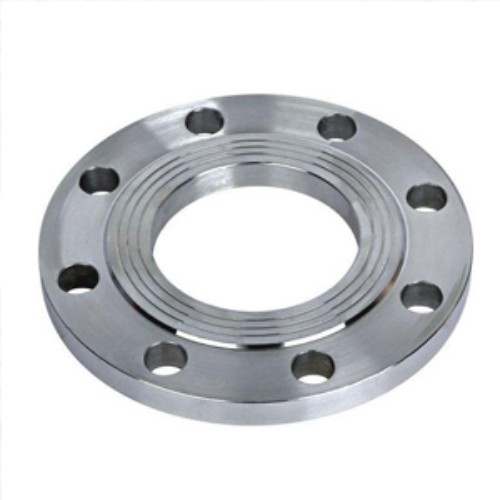Slow Closing Check Valve for Improved System Efficiency and Performance Optimization
Understanding Slow Close Check Valves Benefits and Applications
In various industrial applications, fluid control is of paramount importance. The efficiency of systems such as plumbing, irrigation, and water treatment largely hinges on the performance of check valves. Among these, slow close check valves have emerged as a vital component, designed to prevent backflow while mitigating the hydraulic shocks caused by sudden changes in flow direction. This article delves into the characteristics, benefits, and applications of slow close check valves.
What is a Slow Close Check Valve?
A slow close check valve is a type of one-way valve that allows fluid to flow in one direction while preventing backflow. Unlike typical check valves that can slam shut when flow stops or reverses, a slow close check valve is engineered to close gradually. This controlled closure is achieved through the incorporation of a damping mechanism, which slows down the movement of the valve disc or ball, thereby reducing water hammer effects and the potential for system damage.
Advantages of Slow Close Check Valves
1. Prevention of Water Hammer Water hammer is a common problem in piping systems that occurs when the flow of water is abruptly stopped or changed. This phenomenon leads to pressure surges that can cause pipes to burst or connections to break. Slow close check valves alleviate this issue by ensuring that the valve closes gently, thereby distributing the hydraulic shock more evenly throughout the system.
2. Improved System Longevity By minimizing the stress placed on piping systems, slow close check valves help extend the lifespan of various components. Reduced wear and tear translate to fewer repairs and lower maintenance costs, factors that are crucial for both residential and industrial applications.
3. Versatile Applications Slow close check valves are not limited to one specific industry; they are highly versatile and can be used in various applications, including water supply systems, sewage treatment plants, and HVAC systems. Their functionality is invaluable in any situation where controlling flow direction and pressure is necessary.
4. Enhanced Energy Efficiency By preventing backflow, slow close check valves contribute to energy efficiency in systems. They ensure that pumped fluids are not lost through reverse flow, thus maximizing the operational efficiency of pumps and reducing energy consumption.
slow close check valve

5. Comfort and Safety In residential plumbing systems, water hammer can be an unsettling experience, often causing noise and vibration. By incorporating slow close check valves, homeowners can enjoy a quieter and smoother operation of their plumbing systems, enhancing overall comfort. Additionally, by preventing potential damage due to hydraulic shock, these valves contribute to a safer living environment.
Applications in Various Industries
1. Water and Wastewater Treatment In treatment plants, slow close check valves play a critical role in protecting pumps and ensuring the smooth operation of filtration systems.
2. Fire Protection Systems In fire suppression systems, these valves help maintain proper pressure, ensuring that water flows efficiently when needed while preventing any backflow that could compromise system integrity.
3. Heating and Cooling Systems In HVAC applications, slow close check valves assist in regulating flow rates, enhancing system efficiency and preventing potential water hammer, which could lead to costly repairs.
4. Irrigation Systems In agricultural applications, these valves help in managing water flow, ensuring crops receive the necessary hydration without experiencing adverse pressure changes.
Conclusion
Slow close check valves are a critical component in modern fluid control systems, offering numerous advantages over traditional check valves. Their ability to minimize water hammer, improve system longevity, and enhance energy efficiency makes them an indispensable part of various applications. By investing in slow close check valves, industries can not only ensure effective fluid management but also protect their equipment and reduce maintenance costs. As industries continue to seek ways to optimize performance and safety, the role of slow close check valves will undoubtedly remain significant.
-
The Key to Fluid Control: Exploring the Advantages of Ball Valves in Industrial SystemsNewsJul.09,2025
-
The Versatile World of 1, 2, and 3 Piece Ball ValvesNewsJul.09,2025
-
Stainless Steel Ball Valves: The Ideal Choice for Efficient Flow ControlNewsJul.09,2025
-
Optimizing Fluid Control with Ball Float ValvesNewsJul.09,2025
-
Manual Gate Valves: Essential for Control and EfficiencyNewsJul.09,2025
-
Everything You Need to Know About Butterfly ValvesNewsJul.09,2025
-
The Versatility of Wafer Type Butterfly ValvesNewsJul.08,2025




